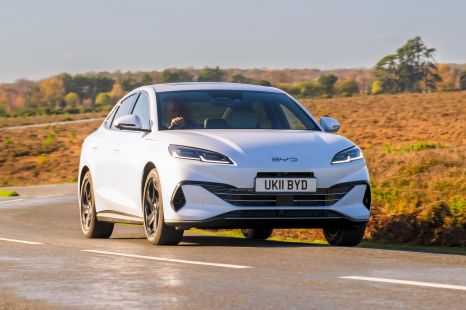

Matt Robinson
2026 BYD Seal 6 DM-i review: Quick drive
6 Days Ago

News Editor
Tesla has already removed radar from its vehicles and now it’s stripping its cars of ultrasonic sensors in a move that will see vehicles temporarily lose various functions.
It’s calling it the next step in Tesla Vision as it wholly embraces cameras to perform tasks typically split across cameras, sensors, radar and even LiDAR in other vehicles.
Tesla will cease production of Model 3 and Model Y vehicles with ultrasonic sensors globally over the next few months starting in October, before removing them from Model S and Model X vehicles in 2023.
The move means that “for a short period of time during this transition”, Tesla Vision vehicles produced without sensors “will be delivered with some features temporarily limited or inactive”.
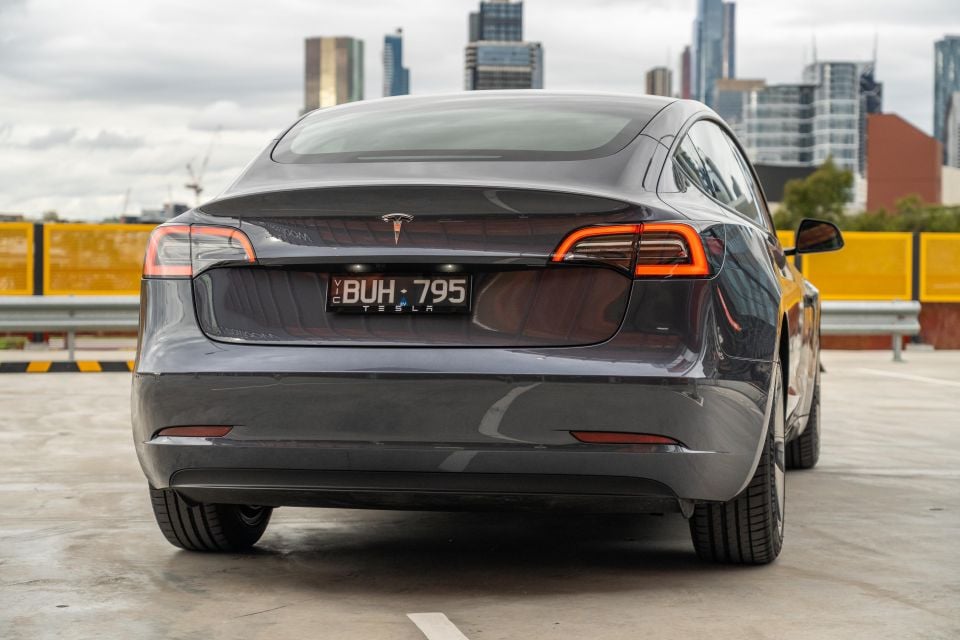
These features comprise Summon and Smart Summon, which allow you to move your vehicle using the Tesla app, as well as the Park Assist and Autopark functions.
“In the near future, once these features achieve performance parity to today’s vehicles, they will be restored via a series of over-the-air software updates,” Tesla says.
“All other available Autopilot, Enhanced Autopilot and Full Self-Driving capability features will be active at delivery, depending on order configuration.”
Other features like autonomous emergency braking, lane-keep assist, and blind-spot monitoring are unaffected.
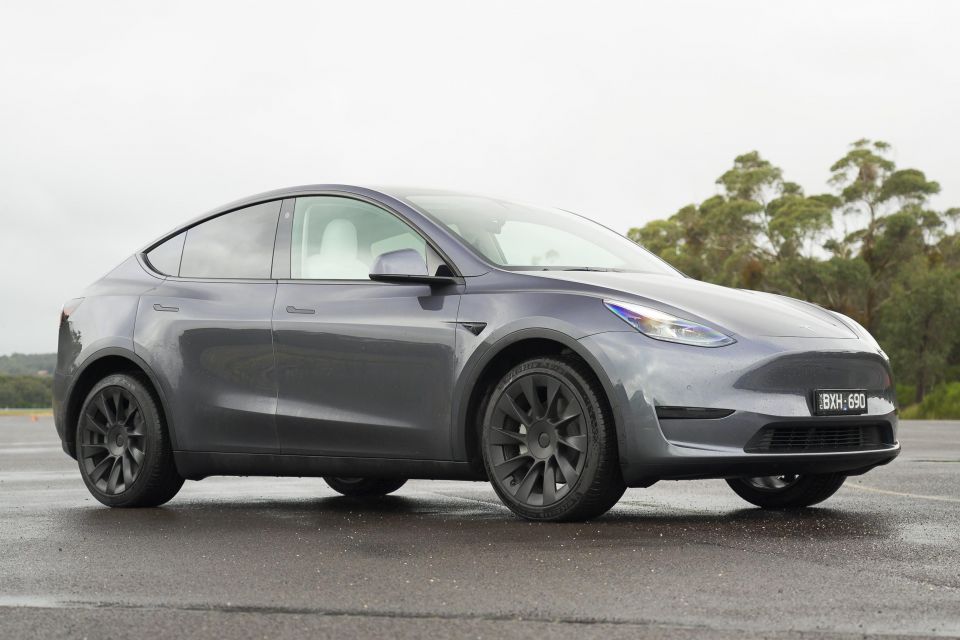
All Tesla vehicles currently feature 12 ultrasonic sensors, positioned on the front and rear bumpers.
The company says the removal of these sensors won’t affect crash safety ratings.
As part of the rollout of the camera-based Tesla Vision, Tesla removed radar from the Model 3 and Model Y in 2021 and from the Model S and Model X in 2022.
Tesla is rolling out what it calls its vision-based occupancy network, currently used in vehicles with its so-called Full Self-Driving Beta – to replace sensor inputs.
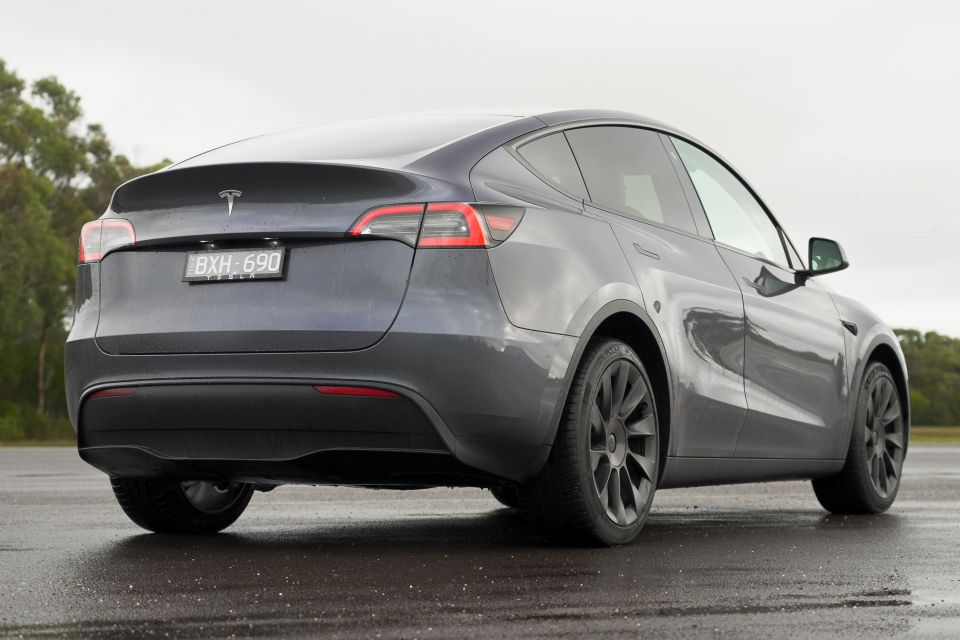
It claims this gives Tesla’s Autopilot suite high-definition spatial positioning, longer range visibility and ability to identify and differentiate between objects, and it says this network will improve rapidly over time.
“Compared to radar-equipped vehicles, Model 3 and Model Y with Tesla Vision have either maintained or improved their active safety ratings in the US and Europe, and perform better in pedestrian automatic emergency braking (AEB) intervention,” the company says.
“Given the incremental improvements already achieved with Tesla Vision, and our roadmap of future Autopilot improvements and abilities, we are confident that this is the best strategy for the future of Autopilot and the safety of our customers.”
It’s a different approach from essentially all its rivals, which rely on a mix of cameras, radar and sensors, while brands like Volvo and Nio are also rolling out LiDAR.
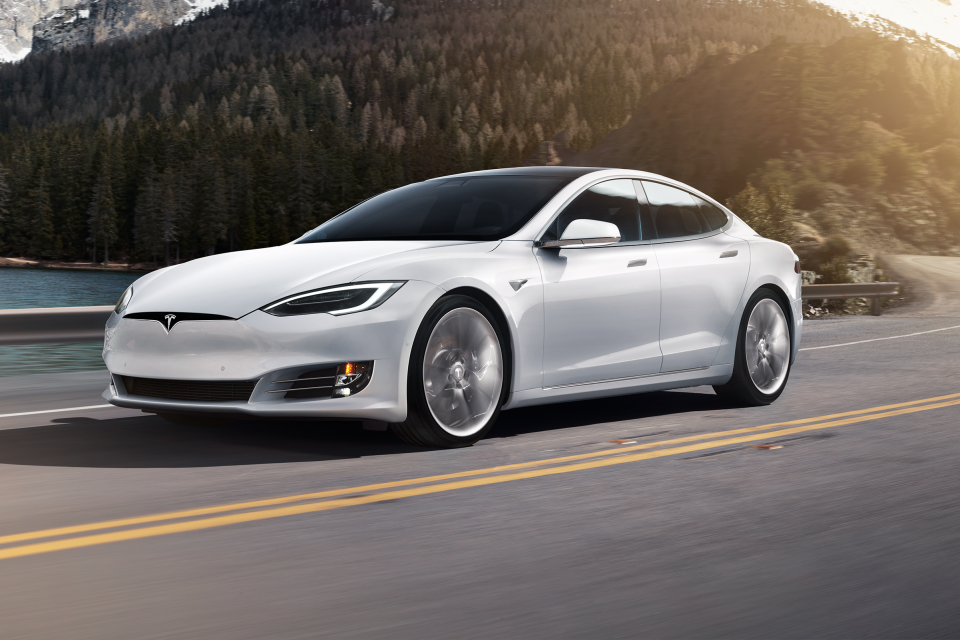
In introducing its first vehicles with the Drive Pilot level 3 autonomous driving system, Mercedes-Benz has underscored the importance of having multiple redundancies.
“We are convinced that redundancy is the right approach for Level 3 automated driving and beyond. When it comes to sensors, we also see the use of LiDAR alongside radar and cameras as particularly indispensable,” said the German brand’s chief technology officer Markus Schäfer.
“We can compensate for the situation-dependent deficits of one sensor with the characteristics of another.
“Relying on just one type of sensor would not meet Mercedes-Benz’s high safety standards.”

Tesla’s Autopilot level 2 autonomous driving technology has been a regular fixture in the news, with drivers blaming it for car accidents, California’s Department of Motor Vehicles saying Tesla misrepresented its abilities, and a class-action lawsuit being filed against Tesla for said misrepresentations.
The lawsuit was filed in federal court in San Francisco earlier this month, with the plaintiff Briggs Matsko claiming Tesla and its CEO Elon Musk misled the public by saying Autopilot, Enhanced Autopilot, and Full Self-Driving were either fully functioning or “just around the corner” even though they knew otherwise.
In the lawsuit filing, Matsko says, “Tesla has yet to produce anything even remotely approaching a fully self-driving car”.
He goes on to say that when software updates are installed, owners “effectively act as untrained test engineers”. Problems found by owners include cars steering into oncoming traffic, running red lights, and failing to make routine turns.

The California DMV filed a complaint in July saying Tesla’s website promoted “short and long-distance trips with no action required by the person in the driver’s seat” while a later disclaimer contradicts this stating the tech “[requires] active driver supervision and do not make the vehicle autonomous”.
As part of its filing, the DMV is seeking to suspend or revoke the company’s licence to sell cars in the state, as well as restitution to parties who have suffered damage or financial loss.
To date the US National Highway Traffic Safety Administration (NHTSA) has opened 38 special cases related to Tesla’s advanced driver assist features, 19 of those involved deaths.
Over a dozen of the crashes being investigated by the NHTSA involved Teslas with Autopilot active colliding with stationary emergency or road maintenance vehicles.
Where expert car reviews meet expert car buying – CarExpert gives you trusted advice, personalised service and real savings on your next new car.
William Stopford is an automotive journalist with a passion for mainstream cars, automotive history and overseas auto markets.


Matt Robinson
6 Days Ago
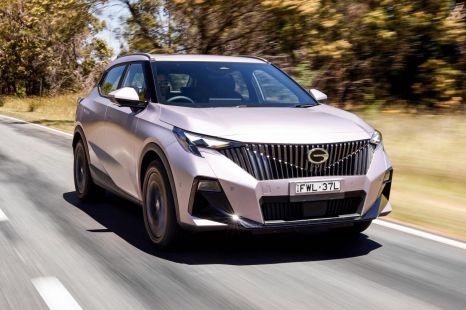

Ben Zachariah
4 Days Ago


Matt Campbell
4 Days Ago
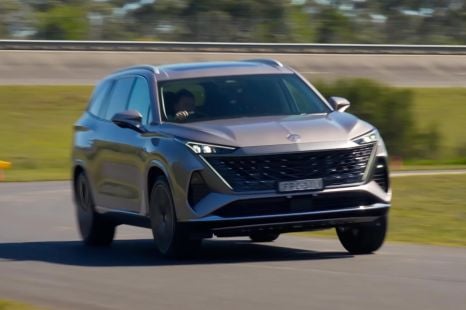

William Stopford
4 Days Ago
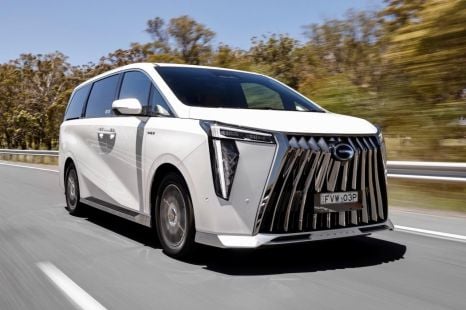

Ben Zachariah
2 Days Ago


Ben Zachariah
18 Hours Ago